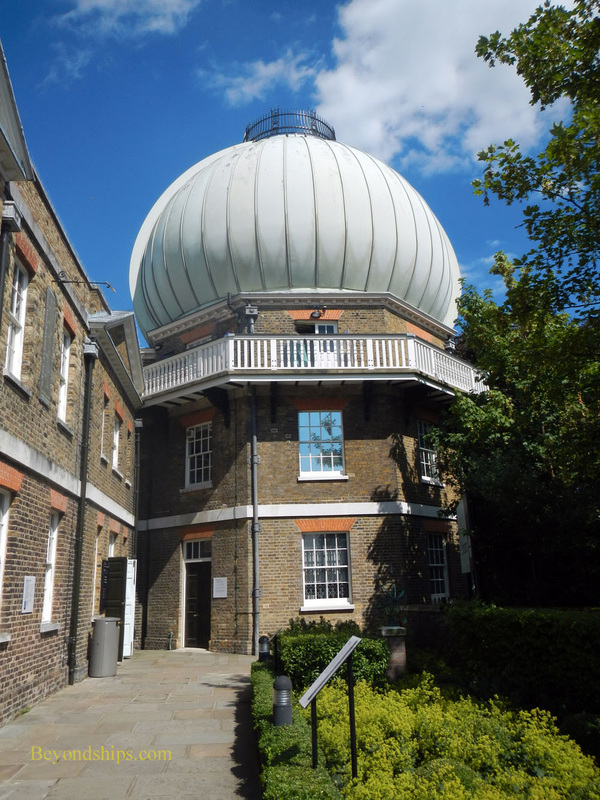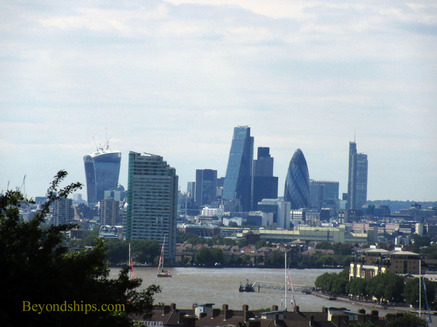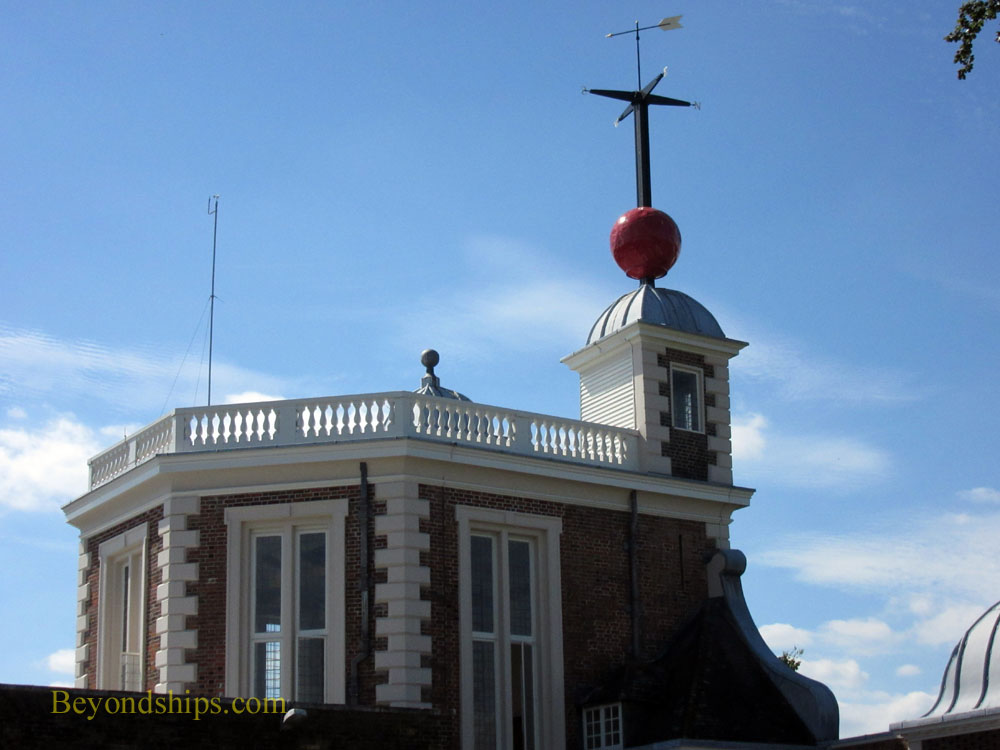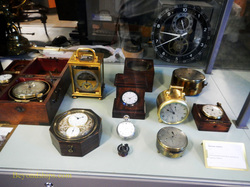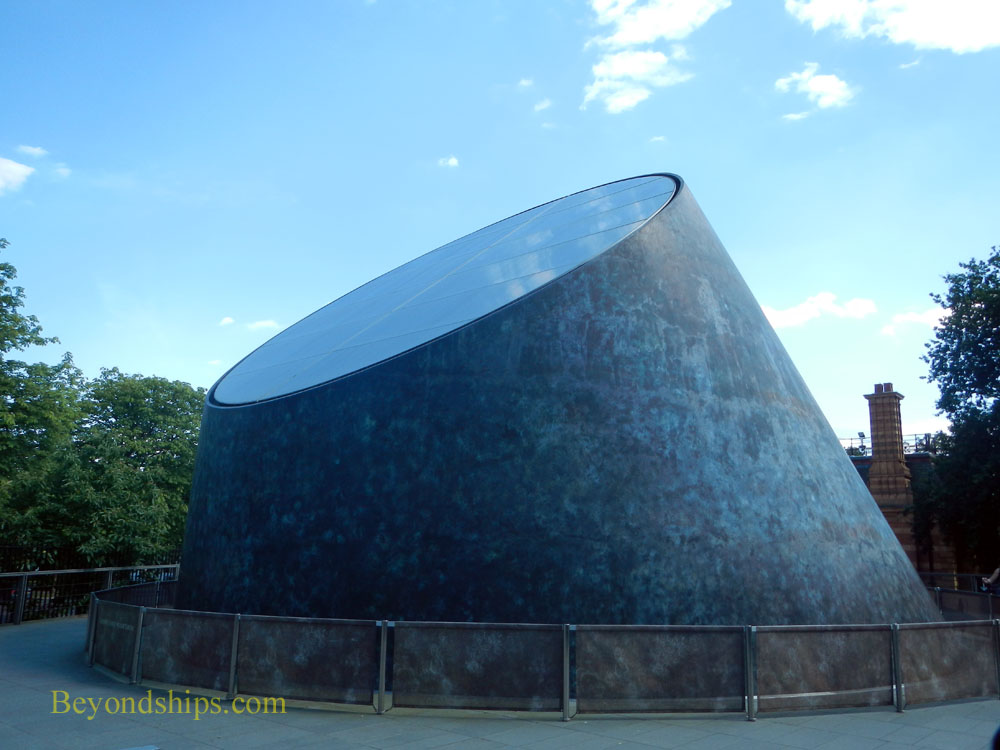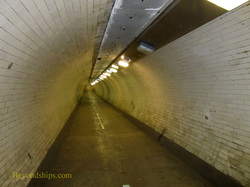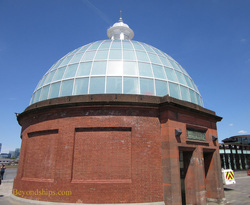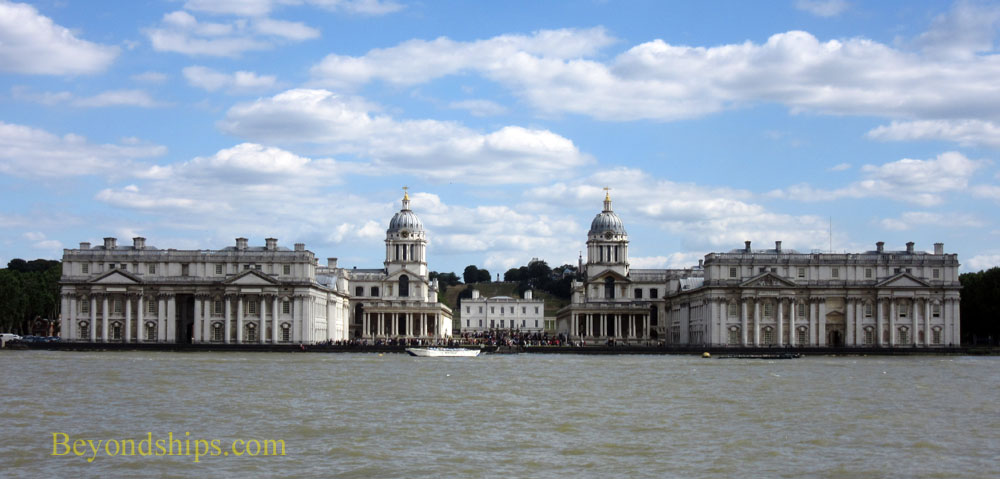In back of the National Maritime Museum is Observatory Hill in Greenwich Park. It is not a very high hill but the walk up the paved path is rather steep. But even if you have no interest in astronomy, the climb is worth it. Not only is the Royal Observatory on the crest of the hill but from there you have a magnificent view of Maritime Greenwich and much of the rest of London.
The Royal Observatory, Greenwich
The Greenwich Foot Tunnel
Cruise destination - England - Visiting Maritime Greenwich - page three
